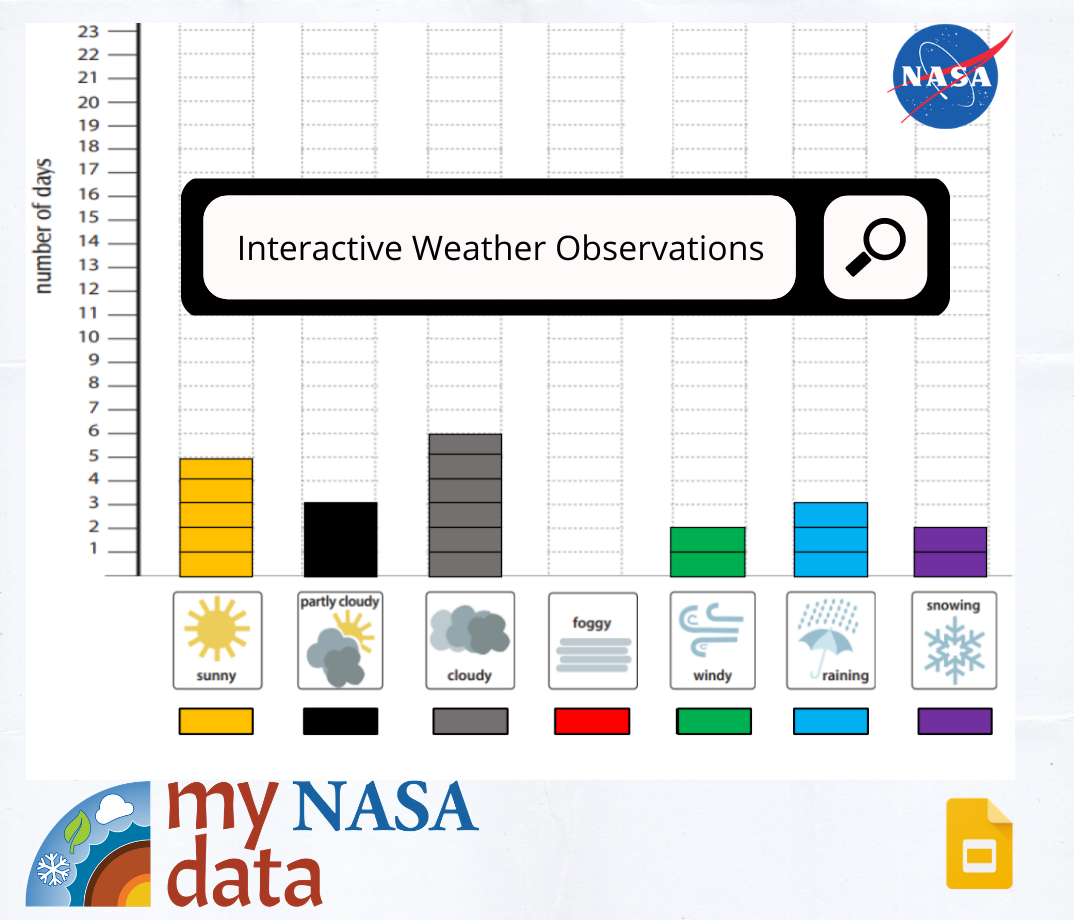Students identify patterns and describe the relationship between chlorophyll concentration and incoming shortwave radiation.
List of all Atmosphere Interactives




Students will identify and describe the relationship between land cover classification and surface temperature as they relate to the urban heat island effect. Students will also describe patterns between population density and the locations of urban heat islands.
Students will analyze how surface (skin) temperatures vary across a community and determine what factors contribute to this variation. Students will describe how human activity can affect the local environment.
After learning about the different characteristics of satellite data, students will describe the advantages and disadvantages of using two different satellites to study the Urban Heat Island Effect.
Scientific data are often represented by assigning ranges of numbers to specific colors. The colors are then used to make false color images which allow us to see patterns more easily. Students will make a false-color image using a set of numbers.
Information from satellites if often used to display information about objects. This information can include how things appear, as well as their contents. Explore how pixel data sequences can be used to create an image and interpret it.
Students track weather over time and create a bar chart to track their data.
This activity will help students better understand and practice estimating percent cloud cover.
Learn about the different cloud types and their names. Match cloud photos and names by cloud type and for all types. Evaluate the types of clouds represented in various data displays.
Using various visualizations (i.e., images, charts, and graphs), students will explore the energy exchange that occurs when hurricanes extract heat energy from the ocean. This StoryMap is intended to be used with students who have access to the internet in a 1:1 or 1:2 setting.

















